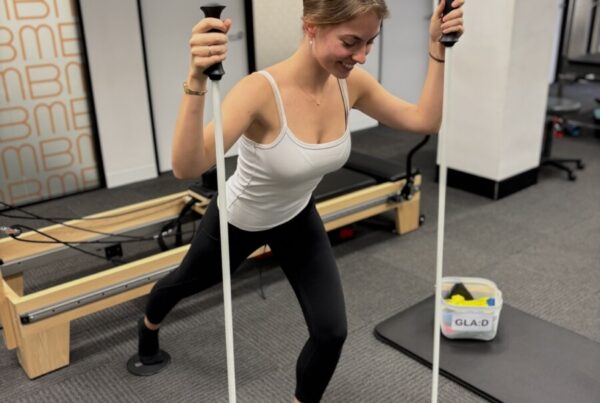My previous posting, Can Stress Cause A Fracture?, provided some background on stress fractures. I’ll now elaborate on their management:
A stress fracture is defined as a continuum or sequence of events, and therefore it can be graded depending on clinical and radiological features. This grading will determine the management plan. The good news is that most people who suffer from a stress fracture will make a complete recovery. However, it does take time and following the programme set by your Orthopaedic Specialist and Physiotherapist is essential.
The first part of the recovery is Unloading
Depending on the severity of your stress reaction/fracture, this may range from stopping the aggravating activity, through to a period of non-weightbearing on crutches. It is important at this stage for any impact to be pain free. At this stage alternative cardio exercise may be introduced such as swimming or stationary cycling.
Your Physiotherapist may also use manual therapy to unload the bone, by releasing the soft tissue structures around the area. This helps to improve biomechanics and therefore the stress going through the bone.
The next phase is gradual Reloading.
It is important to address any biomechanical deficiencies at this stage. For example, in a stress fracture of the neck of femur (hip) retraining the gluts is important, and in tibial stress fractures the deep muscles of the calf often need to be strengthened. A Clinical Pilates programme is an excellent way of addressing these issues while still ensuring the stressed area is not overloaded again.
The actual reloading of the bone needs to be gradual and pain free. Weightbearing is important in bone healing and, as pain allows, in a moderate to severe stress fracture walking can be introduced to the programme at 6-8 weeks. This can then be increased to interval training (jog-walk-jog), then gradually back to jogging.
Any reloading programme must have rest days – a ratio of 1 day on and 2 days off is recommended – and nothing should be increased by more than 10% per week.
Other treatments
There has been some evidence to show that pulsed ultrasound can accelerate bone healing. A 2010 study reported a 38% increased healing rate, when ultrasound was used for 20 minutes a day. This can be beneficial if, for example, a high-level sports person cannot afford to take the time to rest the injury, but it is also important to address the cause of the stress fracture to avoid recurrence.





